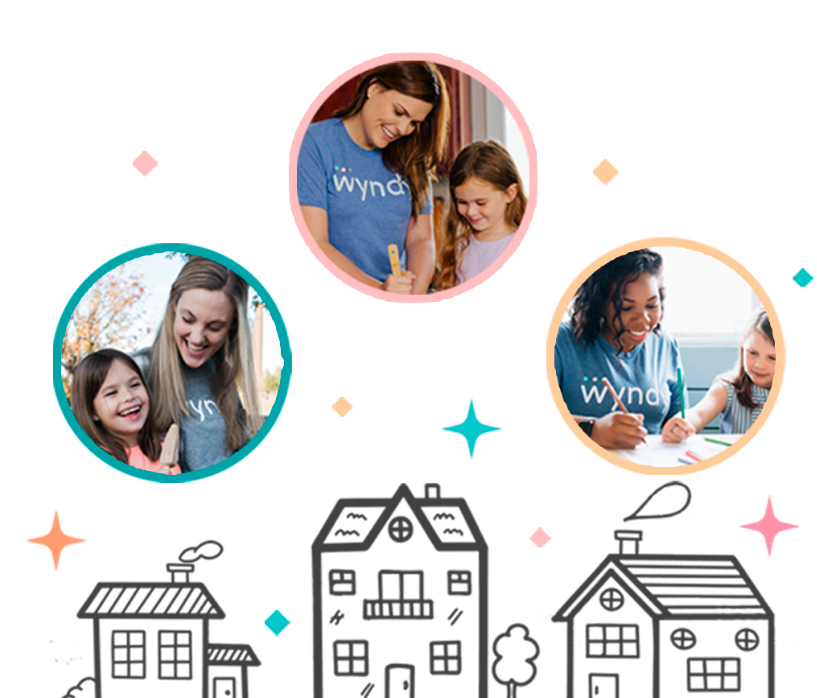Table of Contents
Safety Procedures Every Babysitter Should Follow
Importance of Safety Procedures
Safety procedures are not only important for the well-being of the children you are caring for, but also for your own safety as a babysitter. By following established safety protocols, you can prevent accidents and emergencies from occurring and ensure that you are prepared to handle any situation that may arise. It is essential to be proactive and anticipate potential risks in order to create a safe environment for the children in your care.
On-Demand Childcare in Your Neighborhood
Book a Sitter
Supervision and Monitoring
One of the most critical safety procedures for babysitters is to provide constant supervision and monitoring of the children. This means keeping a watchful eye on them at all times, especially when they are engaged in risky activities or when they are in unfamiliar environments. It is important to stay engaged with the children and actively participate in their play to ensure their safety. By being attentive and present, you can prevent accidents and respond quickly in the event of an emergency.
Emergency Preparedness
Being prepared for emergencies is another essential safety procedure for babysitters. This includes knowing how to respond to common emergencies such as choking, burns, cuts, and falls. It is important to have a basic understanding of first aid and CPR techniques, as well as know how to access emergency services in case of a serious incident. Additionally, it is crucial to create an emergency plan with the children and their parents, outlining what to do in different scenarios and how to contact emergency services if needed.

Safe Sleep Practices
For babysitters caring for infants and young children, safe sleep practices are paramount. It is essential to follow guidelines for safe sleep, including placing babies on their backs to sleep, using a firm mattress with a tightly fitted sheet, and keeping soft bedding and toys out of the crib.
By creating a safe sleep environment, you can reduce the risk of Sudden Infant Death Syndrome (SIDS) and ensure that children are able to rest comfortably and safely while in your care.
Childproofing Measures
Childproofing the environment is another important safety procedure for babysitters. This includes identifying and eliminating potential hazards in the home, such as sharp objects, toxic substances, and choking hazards. It is important to secure cabinets and drawers, use safety gates to block off stairs and other dangerous areas, and keep small objects out of reach of young children. By taking steps to childproof the home, you can create a safe and secure environment for the children in your care.
In conclusion, following essential safety procedures is vital for every babysitter. By prioritizing safety, supervision, and emergency preparedness, you can ensure a safe and enjoyable experience for both yourself and the children in your care. By implementing safe sleep practices and childproofing measures, you can create a secure environment that promotes the well-being of the children. Remember, safety should always be the top priority when babysitting, and by following these key safety procedures, you can provide the best possible care for the children you are looking after.











